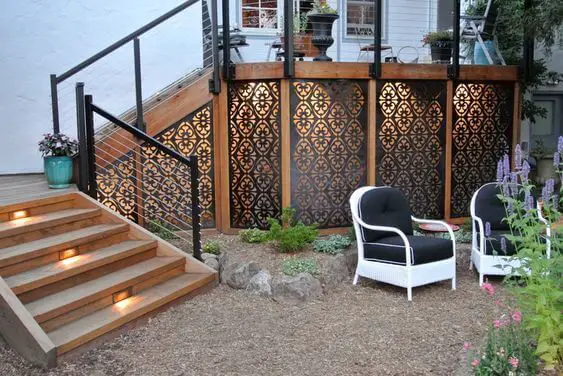Color has a big impact on how we feel, behave, and feel in general. Research shows there is a proven link between the choice of color schemes and educational attainments. When designing educational spaces, the right color palette must be chosen. The colors used in classrooms, libraries, and other learning environments can have an impact on students’ learning abilities, creativity, and levels of concentration. Let’s take a close look at the best color combinations for learning spaces that help create a positive and encouraging environment.
Contents
Calming blues and greens
One of the most common color schemes for learning environments is a combination of calm blues and greens. These colors are known to promote feelings of calmness, relaxation, and focus. Blue has been shown to boost productivity and promote clear thinking, making it the ideal color for study areas and classrooms.
Contrarily, the color green promotes harmony and balance, is associated with nature, and creates a calming and energizing environment. Blues and greens work together to create a serene atmosphere that helps people concentrate and reduces stress.
When you struggle with your academic assignments, you should remember that there is always help out there. Go through reliable reviews to find a trustworthy graduate essay writing service. Hire qualified and reputable writers to complete your assignment in accordance with your college specifications and to the top academic standards.
Energizing yellows and oranges
If you want to create a lively and positive atmosphere in educational spaces, yellows and oranges are fantastic choices. Yellow is thought to improve mental function, memory, and optimism. It draws attention and creates a vivacious, positive environment. Orange is usually associated with zeal and imagination.
This color scheme works well in areas like cooperative learning environments or art studios that encourage active participation and creativity. It has a great soothing effect on students who are better able to manage their day-to-day academic activities.
Focus-enhancing neutrals
Neutral color schemes can also be a fantastic choice for educational spaces, especially in areas where focus and concentration are essential. The backdrop of gray, beige, and off-white creates an uncluttered environment that allows students to concentrate on the task at hand. Neutral colors can also be easily adapted, making them suitable for a range of learning environments, such as lecture halls and classrooms.
Combining neutral color schemes with vibrant accents or furniture creates a timeless and opulent aesthetic. The right combination of colors helps create a productive study space. This is of critical importance in terms of achieving the best academic results.
Stimulating reds and purples
Choose these because they can draw attention. Colors like red and purple can stimulate creativity, imagination, and critical thinking. Because it is associated with passion and energy and has been shown to increase heart rate and alertness, red is a great color for discussion or debate spaces.
Purple, on the other hand, promotes serious thought and reflection, making it suitable for libraries and private study spaces. But it’s important to use these hues sparingly, as using too many of them can overwhelm students and cause distraction. There is no need to make hasty decisions in that regard.
Harmonious earth tones
It is possible to create a warm and nurturing atmosphere in educational spaces by using earth tones like browns, terracottas, and deep greens. These colors are frequently associated with stability, a sense of earthiness, and steadiness. Earth tones are particularly useful in early childhood educational settings because they can create a feeling of security and comfort. They can be used to identify areas as themed sections pertaining to specific subjects, such as a geography or science section.
If you need to translate some of your medical records and papers, you should only trust and use the best medical translation services. Make sure you avail yourself of objective and fair reviews of translation services. They will guide you through all the pros and cons of each service, helping you identify the best of the best to meet your needs.
Final Thoughts
The right color scheme for educational spaces can have a big impact on the learning experiences of students. The ideal color combinations harmoniously foster an atmosphere that promotes focus, creativity, and relaxation.
Whether you choose calming blues and greens, energizing yellows and oranges, focus-enhancing neutrals, stimulating reds and purples, or aesthetically pleasing earth tones, it is imperative to consider the intended use of the space and the psychological effects that colors can have. By thoughtfully incorporating color into learning environments, educators can promote learning, innovation, and general well-being.
***
Jodi Williams is a long-time writer and blogger. As a researcher, she loves exploring multiple fields, including architecture, landscape design, and education. With a solid educational background, Jodi approaches her work in landscape design from a unique perspective, resulting in outdoor areas that are not only aesthetically pleasing but also encourage learning and environmental awareness.





